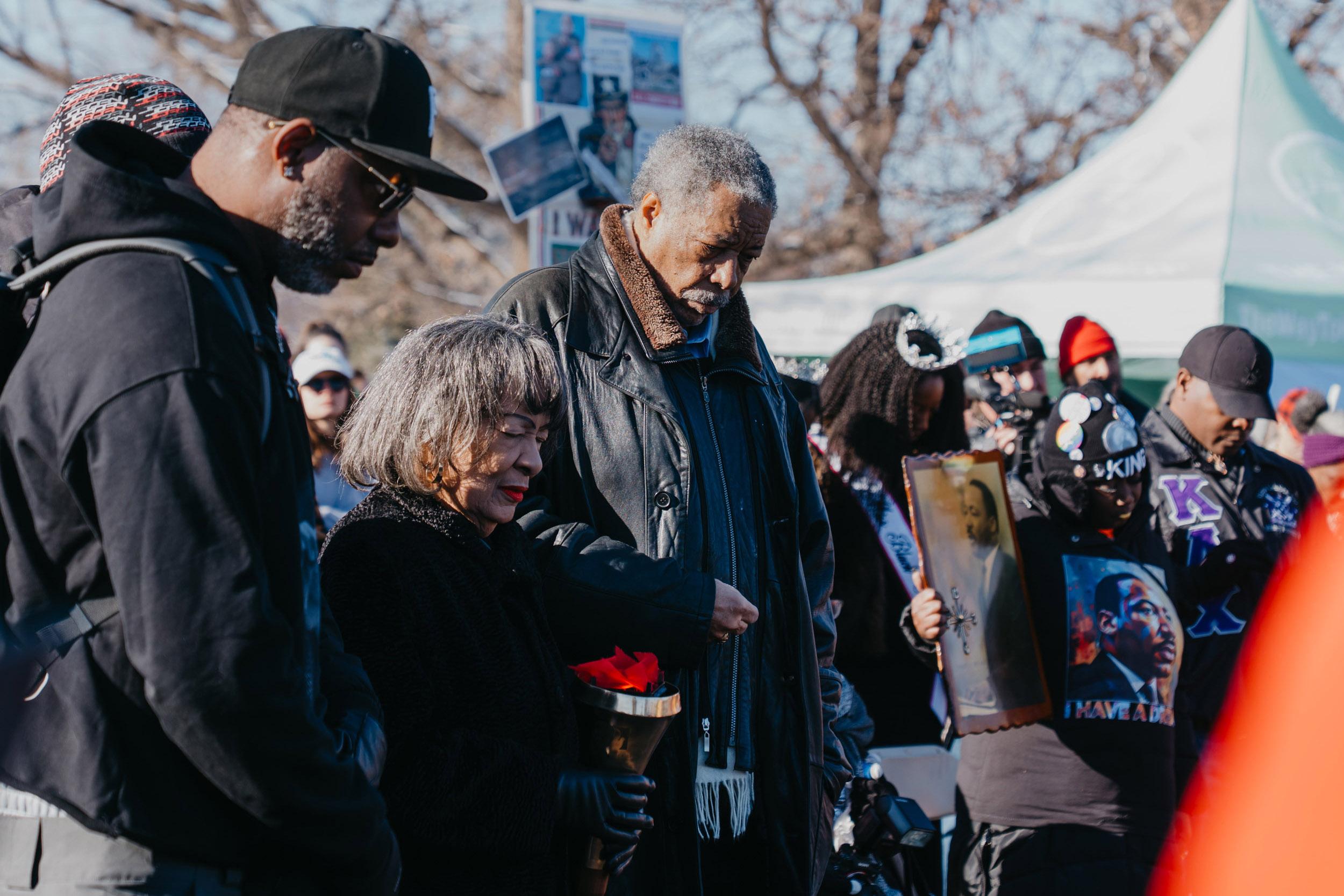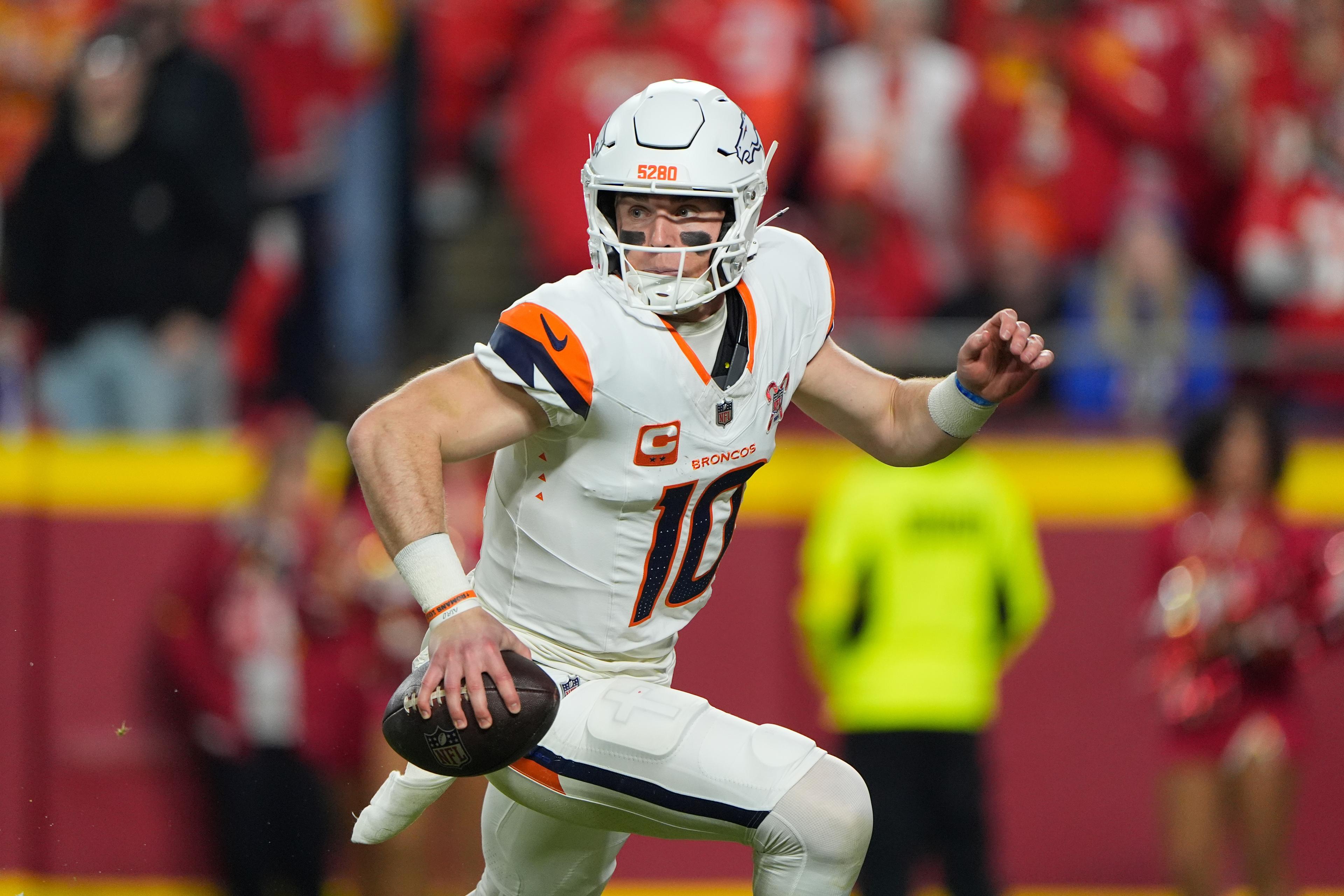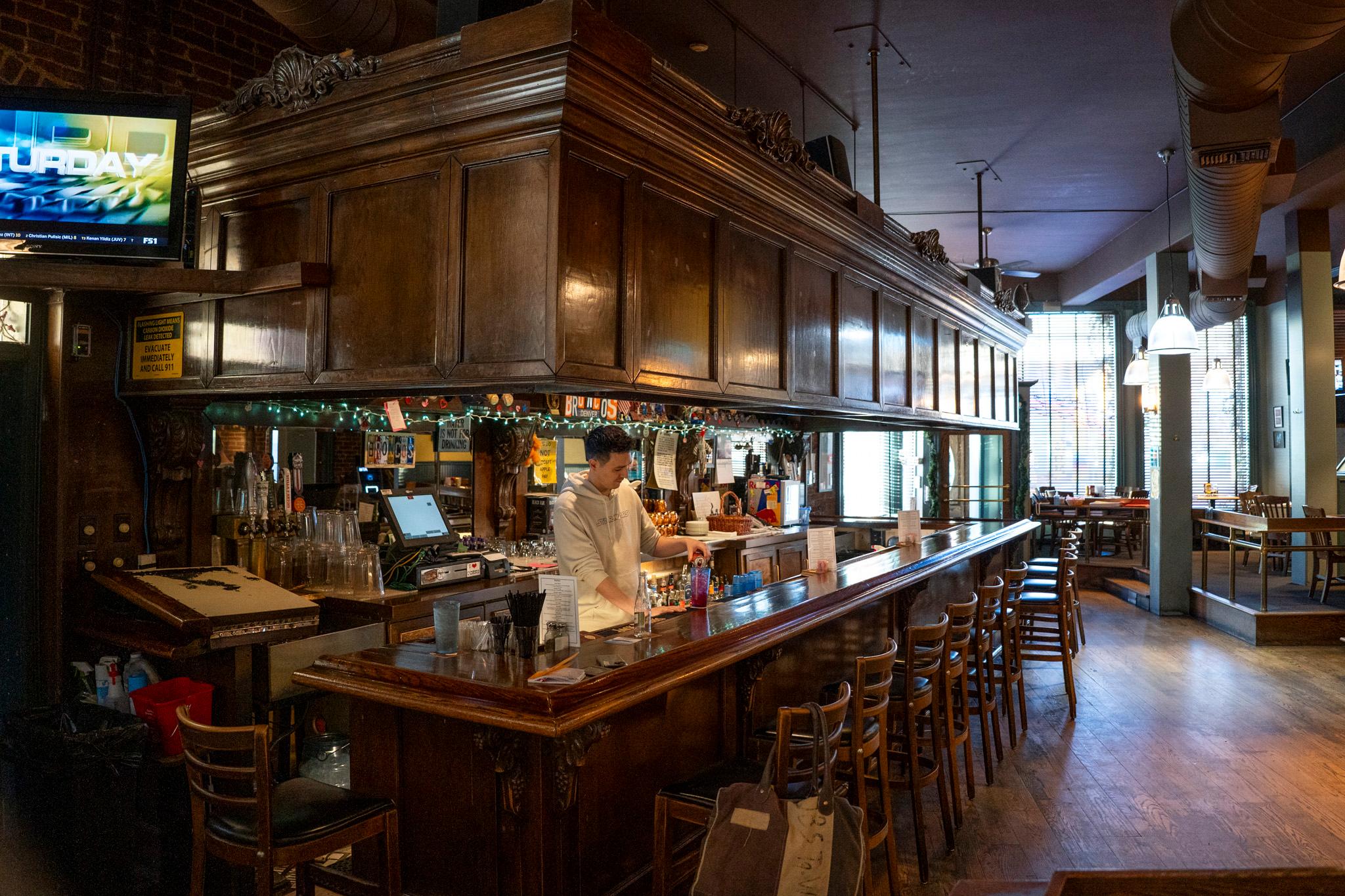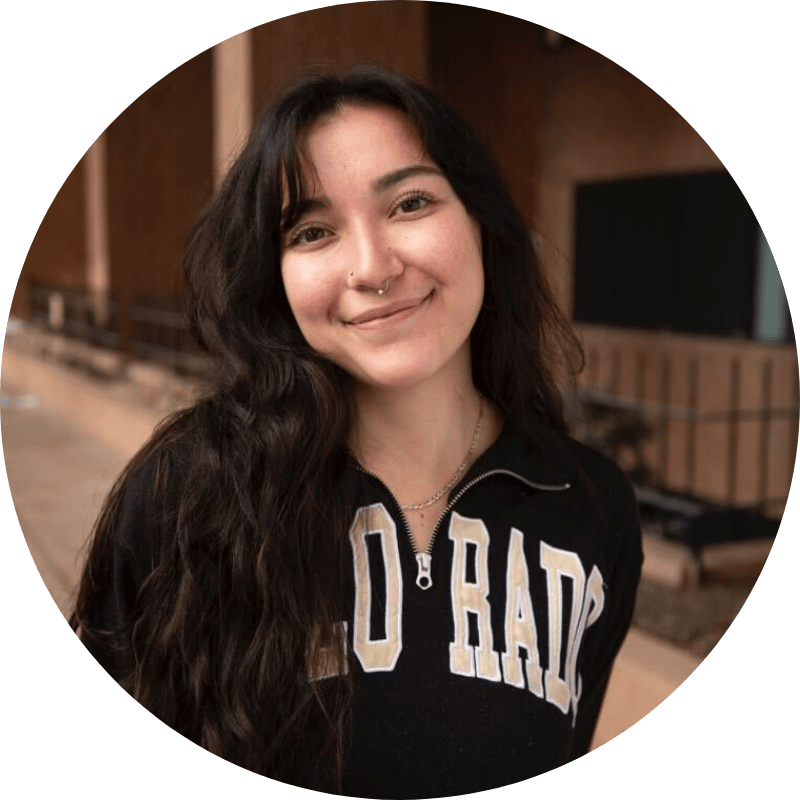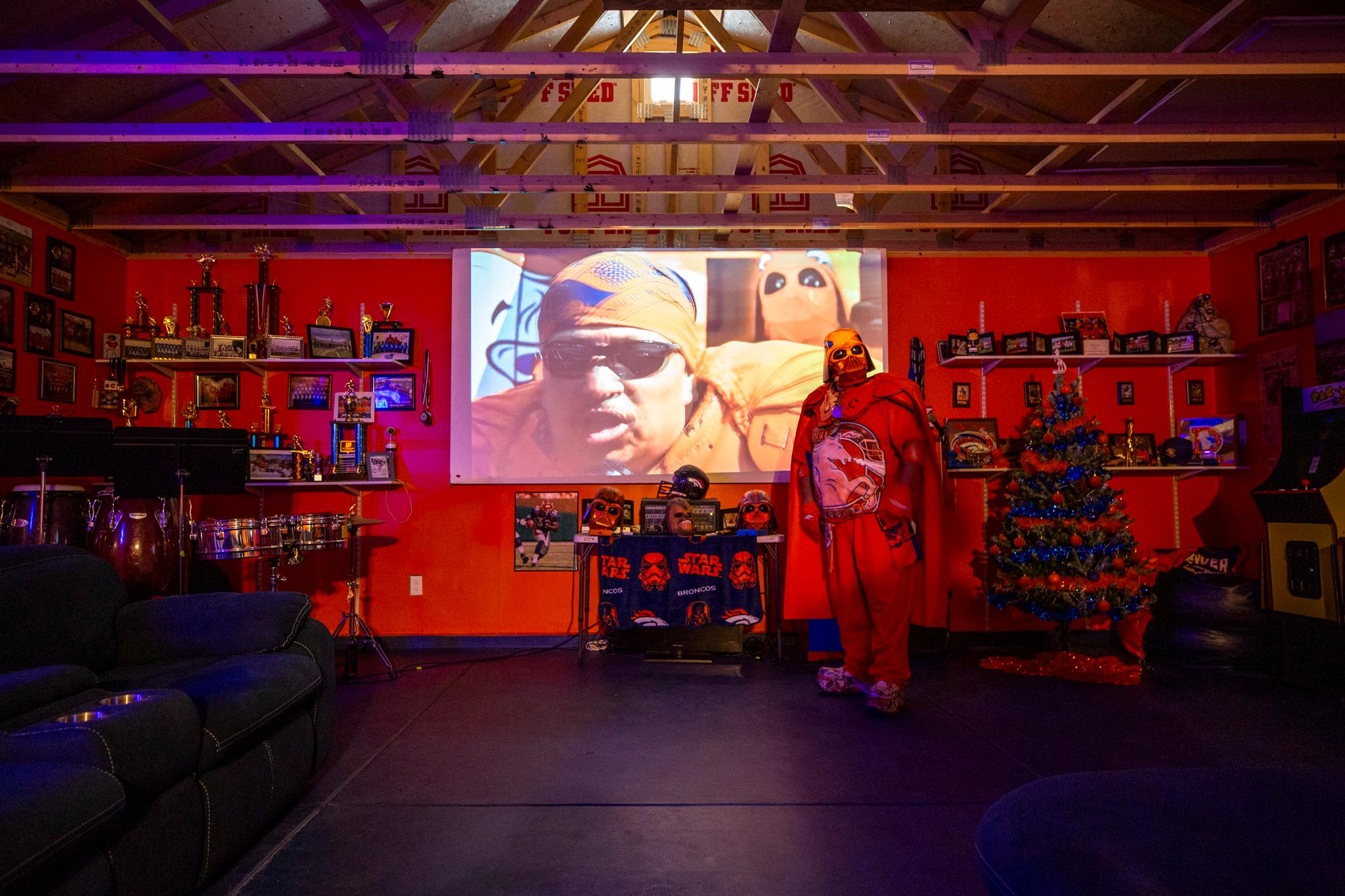The latest figures from Denver Public Health show Latinos are the largest ethnic group to be affected by COVID-19 in the city, representing nearly half of all cases despite comprising a third of the general population.
Latinos make up 45.8 percent of all COVID-19 positive cases and just 29.7 percent of Denver's overall population. Black residents are also disproportionately affected by COVID-19, representing 13.7 percent of positive cases while only making up 8.5 percent of the population. White residents account for 33.6 percent of cases and 54.3 percent of the city's population. Latinos comprise 34.3 percent of all deaths, while Black residents make up 13.4 percent. White residents make up the majority of COVID-19 deaths, at 41.8 percent.
Latino residents make up a majority of hospitalizations for COVID-19 (47.1 percent) followed by black residents (20.1 percent). White residents account for 24 percent of all hospitalizations. As of Thursday, there were 2,901 positive COVID-19 cases in Denver and 164 deaths.
The disparity was brought up by elected officials including Mayor Michael Hancock and Councilwoman-at-large Debbie Ortega during a Zoom call about the city's coronavirus response on Thursday.
"When you look at Denver numbers, at how drastic our Latino population has been impacted by COVID, it's alarming," Ortega said. "We need to have the right testing and all the right things to address not only the Latino population but people who have not been tested so that we're moving to take care of people."

Denver Public Health Director Dr. Bill Burman said it's unclear why Latinos make up such large percentages of both cases and hospitalizations. His guess? Latinos tend to live in households with multiple people and work in essential services.
"I think those could be factors," Burman said. "But we really don't know all the factors that underlie what are very clear trends."
University of Colorado Boulder sociology professor Lori Peek said earlier this month that scientists are trying to figure how infection rates relate to behavioral patterns and family structure in order to determine who is at higher risk of contracting COVID-19.
"It's a great question, it's a very important question, but it's also a very hard question to answer because of data availability," Peek said.
Peek, who serves as director of the Natural Hazards Center at CU Boulder, said there are "decades of research" from social scientists suggesting marginalized and vulnerable populations often have the hardest time preparing for natural disasters. These populations, which can include communities of color, may not have access to reliable healthcare.
"That means when a disaster unfolds that often times they are at disproportionate risk to death, injury and other harmful impacts of disaster," Peek said.
This week, Denver Health released a map tracking where the health agency is testing for COVID-19 in Denver. (Burman cautioned it doesn't reflect all testing in Denver, only the hospital's.)
Denver Health is currently testing by appointment at its Main Campus on Bannock Street, the Montbello Family Health Center and the Federico F. Pena Southwest Family Health Center and Urgent Care on Federal Boulevard.
The city's government, which works closely with Denver Health, wants to increase its testing for the disease to 1,000 tests per day.
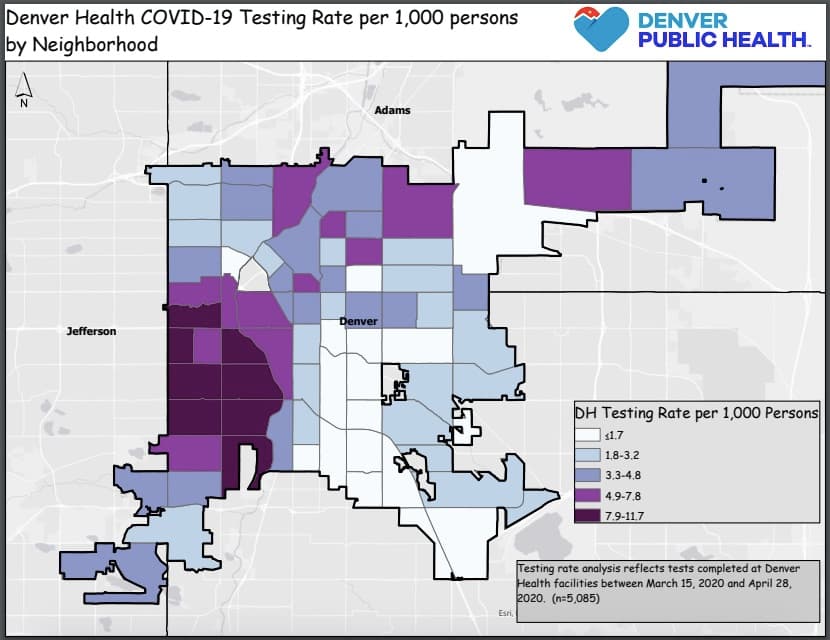
Denver Health is working on hiring more bilingual staff and providing information on COVID-19 for Spanish-speaking residents, Burman said, and adding testing sites in areas with large Latino populations, including southwest Denver and neighborhoods like Montbello.
Hancock said during the Thursday Zoom call that the city is working on expanding testing to places including vulnerable communities.
"You're going to see us do things like mobile testing in the city of Denver, so taking the test to the people, particularly where our most vulnerable residents live, including not only communities of colors but also to our senior housing facilities," Hancock said.


